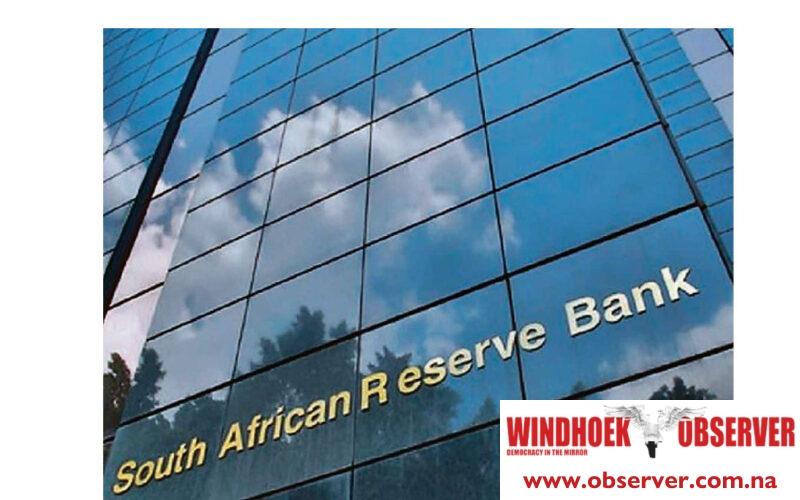CHAMWE KAIRA
Simonis Storm Securities expect the South African Reserve Bank to implement its first rate cut in September.
The firm believes that the political landscape in South Africa shows positive signs moving forward, but economic growth remains subdued, and further evidence is needed to confirm sustained improvement.
In contrast, for Namibia, the firm project the Bank of Namibia to implement a 25 basis points cut by the end of 2024.
The South African Reserve Bank decided to keep its key repo rate at 8.25% on 30 May marking the sixth consecutive meeting at 2009-highs, as widely expected. While the inflation forecast risks are assessed as broadly balanced, the committee said it believes that high inflation expectations necessitate achieving their target sooner rather than later to re-anchor these expectations.
The Monetary Policy Committee (MPC) of the Bank of Namibia decided to hold the repo rate steady at its current level of 7.75%.
“The Namibian yield curve reflects robust GDP growth and significant economic developments, including substantial FDIs in oil, gas, and green hydrogen projects. While South Africa’s challenges contribute to higher sovereign risk, the outlook for Namibia still appears more stable and promising,” the firm said.
According to the latest ‘Government Debt Database’ from the Bank of Namibia, domestic government debt in June increased by 1.44% compared to May, reaching N$119 billion from N$117.3 billion. In addition, domestic debt has risen by 10,18% on a year-on-year basis. The domestic debt to GDP ratio is now 51,3%, up by 0.4 percentage points from the previous month according to the Bank of Namibia.
“With the economy experiencing healthy growth, we believe that the government can manage the country’s debt sustainably. For the first quarter of 2024, GDP growth was reported at 4.7%.”
Simonis said looking ahead, with its expectation of a 25 basis points rate cut toward the end of the year and further cuts next year, the 364-Day Treasury Bills remains attractive to investors, as they can secure the Treasury Bills at a higher discount rate before rates decline. Yields on Treasury Bills are expected to continue trending downwards in line with our anticipated changes in the repo rate.
In terms of economic growth, Simonis said additionally, foreign direct investments in the oil and gas industry are growing, with Chevron announcing a US$120 million investment through Harmattan Energy for drilling ten wells in Block 2813B: five exploration wells and five appraisal wells.
“This could fuel inflation which aligns with our expectations for heightened prices in 2025. We believe annual Consumer Price Index for 2025 will harbour around 5.1%,” the firm said.




